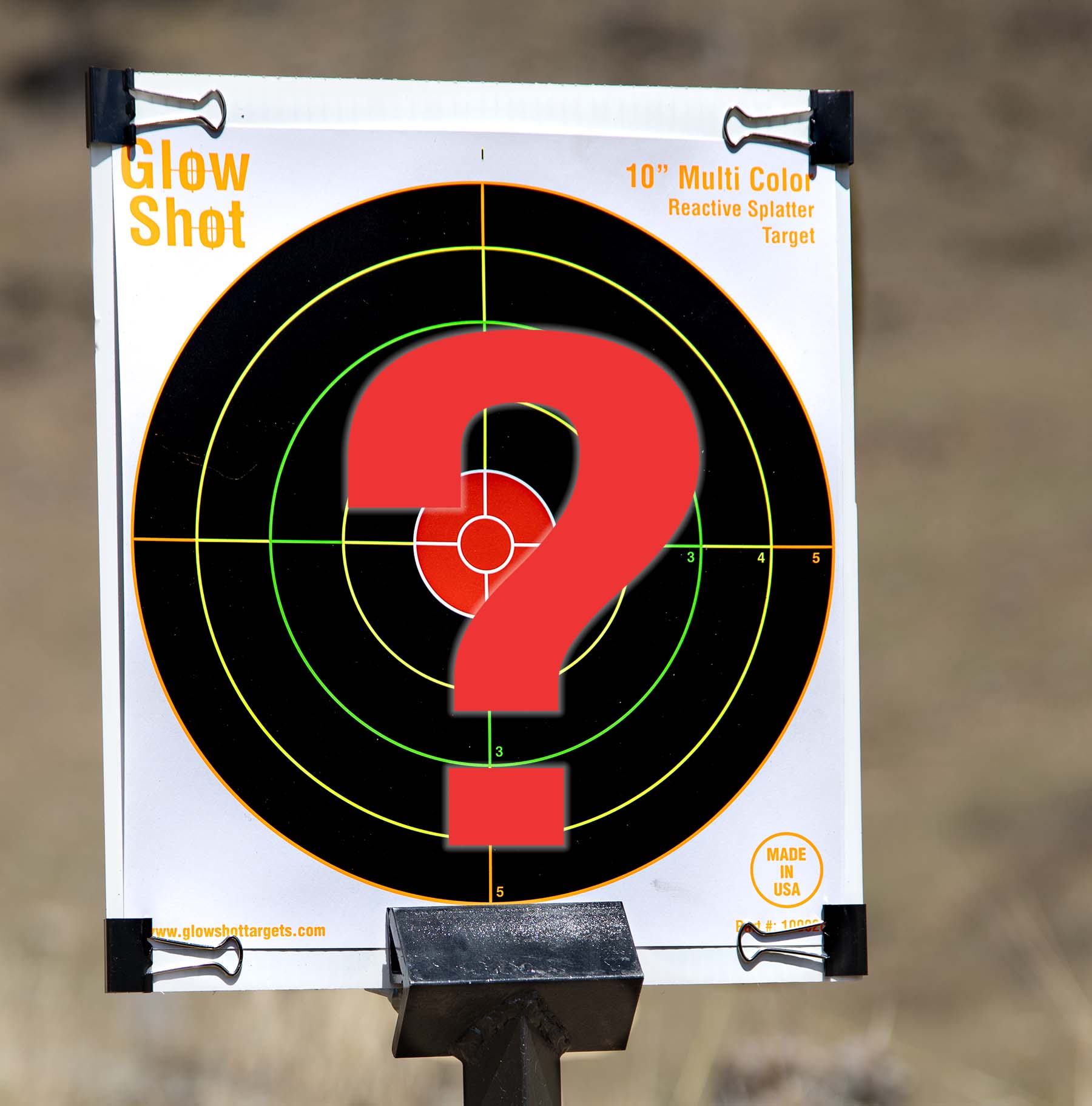There are many reasons why we miss a shot, some of them obvious and some of them not — and it’s the less obvious ones you probably need to seriously consider.
A miss is one of two things: when your bullet fails to hit the target at all and when it hits but not in the spot you were aiming.

When shooting live animals, the aim is to get the projectile into the area containing the heart, lungs and liver, causing as much damage so that death is instantaneous.
The problem is that our projectile may be either above or below the line of sight, depending on the range.
Improper sighting in is the cause of many a miss. In general terms, a projectile fired from a barrel crosses the line of sight initially at about 25 metres from the muzzle. Then it rises above the line of sight and finally falls through the line of sight again (the zero or dead-on point) and continues dropping due to gravity.
Just how far from the muzzle this occurs depends on the projectile’s velocity, its ballistic coefficient and the point of aim.
This of course is exactly the problem and explains many “misses” where the animal was hit but not in the vital area, so it was wounded and escaped.

A varmint hunter sitting on a hillside is faced with a different set of problems. There’s plenty of time to range the target, consult the ballistic table to see exactly where the projectile will land in relation to the point of aim, and perhaps even measure the value of the crosswind that will affect the bullet’s flight over perhaps 500 metres.
Note that when we are carrying out this process we must use actual velocities, not manual values, so prior testing with a chronograph is a requirement.
CLEAN BORES AND DIRTY BORES
A rifle with an excessively dirty barrel will also cause shots to wander off target, as will a pristine clean barrel. Just how many shots it takes to foul a barrel to the point where it becomes erratic is a subject of much discussion; certainly the type of barrel steel has a huge bearing on the problem.
Personally, for a normal long range factory varmint rifle fed with the best ammunition I can produce, I normally clean after every 10 shots.
For a hunting rifle, perhaps after every 15 or 20 or perhaps once a day irrespective of the number of rounds.
In my experience a clean barrel will not shoot to the point of aim. Normally it takes about two rounds to dirty the barrel again after cleaning.
It pays to experiment to see what a particular barrel likes in relation to cleaning methods. It also helps if the cleaning regime is the same every time.

A CASE OF DIFFERENT CASES
One of the most common causes of variation in accuracy with handloaded ammunition is that our hunter has a number of cases from different makers loaded with the same powder load, primer and projectile.
Don’t imagine that a different case won’t cause your shot to go wide or high, even if it is true that all cases have the same external dimensions; it doesn’t mean they are the same.
What you may not realise is that some of the cases have thicker brass. If you weigh them, this becomes evident.
Thicker brass means less internal capacity and with the same powder load as a thinner case the pressure must rise, hence so does the velocity, and thus the point of impact changes.


0 Comments